- Info
A Crisis of Democracy: Real Solutions to the BP Oil Spill
For Gulf residents, the BP oil spill has made the problem of unchecked corporate power painfully clear. Exxon Valdez survivor Riki Ott on why this may be the moment to overcome our political divides and take back our democracy.
by Brooke Jarvis
posted Aug 23, 2010

-
An enhanced satellite image of the Gulf oil spill, taken June 15, 2010.
When the Exxon Valdez oil tanker struck a reef in Alaska’s Prince William Sound,
Riki Ott was living nearby in the small town of Cordova, working as a commercial salmon “fisherma’am”—one who also had her PhD in marine toxicology with a specialization in oil pollution. She had a unique front row seat to the destruction of a town, an ecosystem, and a way of life—and the losing fight to save them.
Twenty-one years after the Exxon Valdez, the company has only paid out a tenth of the initial assessment of punitive damages. Ott recognizes many of Exxon’s tactics in
BP’s recent behavior: underestimating the size of the spill, downplaying and covering up damages, seeking to cap liability early on. She’s been on the ground in the Gulf since early summer, sharing her strategies for grassroots resistance and recovery. But the real crisis, she says, is bigger than this, or any, oil spill. It’s
a crisis of democracy: Corporations have become so powerful that our political system isn’t able to rein them in enough to keep such disasters from happening or to hold them accountable when they do.
For Ott, the realization that corporate power was a fundamental threat came as she watched Exxon continue to profit while she and her neighbors lost their livelihoods, with few options for recourse. Now, in the Gulf, she’s seeing a similar awakening from residents working across political barriers to fight for justice from BP.
Ott believes this could be a breakthrough moment for reclaiming power from corporations. She spoke to
YES! Magazine web editor Brooke Jarvis about the best strategies for using—and finally fixing—our democracy.
Brooke: Last week, BP announced that it will stop accepting new claims for damages; national newspapers are asking, “So where's the oil?" Is the disaster over?
Riki: [Laughs] Not if you look at my inbox! It all makes me wonder: Why this charade? Why this intense push to have it all be over? I think the closest analogy is when an insurance company wants to settle as quickly as possible after a car accident. They want to be able to say, "Sorry, you already signed this piece of paper, and we're not liable for that anymore." I think there's a lot of that going into BP's thinking right now. This
toxic stew of oil and dispersants that got released into the Gulf is an experiment—it’s untested, so we don’t know yet how much damage it will cause. BP thinks if it settles now, it won’t have to pay for the destruction that becomes clear down the road.
The Exxon-Valdez showed us that oil spills do in fact cause long-term damage. The herring fishery in Prince William Sound is still closed—it's closed indefinitely until stocks recover, and we're talking 21 years now, not to mention a smaller amount of oil.
Brooke: In the Gulf, is anybody having a hard time seeing the oil, or its effects?
Riki: When the
infamous pie chart came out, the media interpreted it to mean that 75 percent of the oil is gone. But “dispersed” oil is not disappeared oil—it may not be on the surface, but it’s in the water column, it’s lining the ocean floor, it’s in the food chain. If you add the parts of the pie that say “oil dispersed chemically” and “oil dispersed naturally” to the residual oil, the truth is that 75 percent of the oil is still there, just in a different form. Really, it’s convenient for BP that it’s not on the surface—and that may have played a role in the decision to use these toxic dispersants—because it makes it easier to pretend it’s gone.
Fishermen are finding false bottoms—the depth finder thinks the bottom is 12 feet down, but it’s really just a plume of oil and dispersants. They say, "No, we don't want to fish in this. We don't think the seafood is safe."
That day, I was at a meeting in Gulfport, Miss., with about 100 fisherman from four different states. People’s phones were lighting up with stories coming in of boats and planes spraying dispersants at night, of people sprayed and exposed and sick—I mean, sick to the point of throwing up brown and peeing brown—and stories of fish kills and bivalve kills. To be in Gulfport Miss., at the moment when this disaster is declared over while fisherman from four different states are getting phone calls from back home saying, "Oh my God, oh my God”—it was an amazing juxtaposition. The reality of harm was still happening even as BP and the federal government started the game of "It's all over."
That was a horrible week. I was trying to get people to emergency rooms and to find doctors who would diagnose their symptoms properly. People are sick, and what I find totally inexcusable is pretending all these illnesses are really something other than they are. My God, I talked to boom workers who were diagnosed with food poisoning and heat stroke back in May, who are still sick with the exact same symptoms. Do food poisoning and heat stroke last for three months?

-
And then there was the announcement that the seafood was safe to eat. The fishermen would like nothing better than to be back out harvesting seafood that is safe to eat. But they're the ones who are out there, finding false bottoms on their depth sonars—the depth finder thinks the bottom is 12 feet down, but it’s really just a plume of oil and dispersants. They've been lowering absordent pads in their pots, just to see what’s down there on the bottom. The pads come to the surface, dripping with oil—even though the surface is clean and sparkly blue. They say, "No, we don't want to fish in this.
We don't think the seafood is safe."
Brooke: It must be infuriating to actually watch people turn away from you while there’s still so much suffering. What are people doing about it?
Riki: The bottom line is we’re still in the middle of a war here, trying to document as best we can this unfolding horror that’s being covered up. We’re trying to get people's spirits up, saying: "This is all part of the game, we've just got to take this to the next level now, keep hanging together, and exposing what’s happening.
Get the photographs, get the stories, just keep documenting. There have been lies all summer. The only thing that has changed is the intensity ramped up. So, let's just keep out there.”
People down here wondered, "Why is the industry that pays a penalty based on how much oil it spills left in charge of saying how much it spilled?"
We’re putting a lot of our energy into community-based environmental studies. By that, I mean collecting data about air quality, water quality, public health, toxins in people’s blood. Many people don’t have confidence that their illnesses—the headaches, the sore throats, the blisters—are connected to the chemicals, simply because the federal agencies are telling them that there aren’t air or water quality issues. We’re doing sampling to prove that there are. We’re also trying to get a community health clinic set up in each of the affected states, and to help care providers recognize chemical illnesses.
Brooke: You wrote recently: "This contest is about far more than dollars or damages. It's about our country's ability to hold big, corporate criminals accountable to the public interest, and ensure that they follow the laws we enact." What does it mean to move beyond the immediate question of accountability for this one disaster to
the bigger question of corporate accountability?
Riki: This BP disaster, like the Exxon-Valdez, is more than an environmental crisis—it's a democracy crisis. Right now we’re playing the game: going through regulatory arenas, tightening some laws. But that’s not good enough. The real question is, how do we get control of these big corporations?
It didn’t take long for people to start looking at this bigger issue, asking what we can do about corporations that are totally out of control. I would say, "Does anybody think the federal government is in charge?" And nobody would raise their hand. “OK, then who is?” I’d ask. “Is it ‘We the People,’ or ‘We the Corporation?’” Here, it is
so clear that it’s the corporations. People are getting shoved off their beaches, told they can't have cameras, told they can't go near carcasses. It's like, "Wait! I thought this was America?"
People are really connecting the dots about corporate power and the way this disaster’s been handled. First, there were the exemptions and the waivers that allowed BP to use improper equipment, which led to this oil spill. Then, it came out that BP wasn’t being honest about what, and how much, was really gushing out of that hole—they’d had high resolution images for a month that they’d never shared with the federal government. So people down here wondered, "Why is the industry that pays a penalty based on how much oil it spills left in charge of saying how much it spilled?" Then there’s the way they’ve kept the media—and ordinary people with cameras—away from the shorelines and the water and the carcasses. It’s a joke around here: People see the dead animals on the beach, or they see them collecting in ocean currents by the thousands, and they know they aren’t counted. People get threatened with arrest for even going near. The carcasses are not being kept for damage assessment, like they were after the Exxon-Valdez. Or when people report oil on the surface of the water, they’re not seeing it skimmed and collected; they’re coming back the next day and seeing these tell-tale bubbles where dispersant was sprayed.
People have started to ask, “How did BP get this much control? Why is the Coast Guard being used as a public shield—against us? Who’s in charge?”
Corporations have really learned to control these situations. They didn’t expect the environmental movement that resulted
after the Santa Barbara blowout in 1969, which helped push legislation like the Clean Air Act, Clean Water Act, and National Environmental Policy Act. But since then they’ve learned how to manage the fallout better and better. Really, that’s the biggest difference I’ve seen between the Exxon-Valdez and the BP blowout: Corporations know how to intentionally operate to get control of the government, the people, and the media. They’ve been very successful at it, and it shows.
The real change has been for the people who believed the government was going to take care of them.
All over the Gulf, people are saying: “I feel like a veil has been pulled off my face.” They’re ready to get to work to create a country that we thought we had.
Brooke: But with the spill and its effects really highlighting
the impact of unchecked corporate power, is there a possibility for a breakthrough moment, a real movement to control corporations?
Riki: I’ve noticed that when there’s a disaster like this, people all tend to band together in defense of their way of life. The political frames start to get kind of wobbly. Reality is changing so fast right in front of their noses, and the way they thought the world worked all of a sudden doesn’t. There’s an opportunity to penetrate the frames that are normally pretty hard and tight and fast, keeping us divided as red or blue, liberal or conservative.
For example, when I was in Fort Walton, Florida—and this is just one example—we drafted a petition to get the EPA the authority to delist products the public doesn’t like (right now products can’t be unapproved, and that’s made it hard to get traction on banning Corexit, the dispersant). Everyone was wildly enthusiastic, including some people who asked for an electronic version so they could share it with their network of 70 tea party groups throughout the state of Florida. I about fell over. And they’re surprised, too, to find how much we have in common—I’ve had people in audience after audience say, with shock, “Nothing you said offended me.” Then they’ve asked me to come and speak about
the evolution of corporate personhood and the demise of democracy. Groups in Tallahassee, Fla., and Jackson, Miss., have said they’d like to join
Move to Amend, a national coalition
to amend the U.S. Constitution to affirm that only human beings have Constitutional rights and non-living entities—or as I tell fifth-graders, things without belly buttons—don’t.
I think this BP disaster has really pushed people’s tolerance for accepting the myth that we live in a functioning democracy—whether they’re red or blue of Tea Party or whatever. After
Citizens United was decided, 80 percent of Americans across the political divide said that they don’t think corporations should have the rights that people do. But now it’s becoming painfully clear why that’s so important.
You know, it’s the socially vulnerable people who see the corporate threat first, because it affects them first—they know who the law protects, because it’s not them. The real change has been for the people who believed the government was going to take care of them, and that the laws were going to work to protect them. They’re now saying, literally, the same things we were saying in Cordova after the Exxon-Valdez: “I feel like a film has been pulled away from my eyes, and I see how the world really works.” I’m hearing those exact same words in the Gulf: “I feel like a veil has been pulled off my face.” People are now waking up, and they’re ready to put their shoulders to this wheel, to work to create a country that we thought we had.
Brooke: What does that mean, in the communities you’ve been in in the Gulf coast? What are people doing to create a different kind of country?
We wanted a democracy by and for the people, and that means everybody has got to get out of their chairs and figure this out.
Riki: Well, many of them are
joining the fight to curb corporate power. But it’s about more than theory and trying to pass a Constitutional amendment—it’s also about doing democracy in our own communities. Just doing it. Building the vision. I think enough of us realize where we need to go, and so it’s a matter of sitting down and figuring out, community by community,
how we can be more self-reliant and more resilient. Starting
Transition communities, getting our towns to sign the Kyoto Protocol, making our individual communities more self-reliant. Regional energy, regional food, local water. Growing gardens, strengthening neighborhoods, growing our businesses horizontally rather than vertically.
Let’s face it: Corporations are going to try to smash anything we build in the political arena. But if we do it in our communities, under their radar screen, we’re capable of so much. People always seem to think the change is outside of them. Really it’s about your own backyard. Democracy is messy, but it really does work when we all sit down and start listening to one another. And there’s no excuse for not doing it! We wanted a democracy by and for the people, and that means everybody has got to get out of their chairs and figure this out. Many hands make light work.

Brooke Jarvis interviewed Riki Ott for
YES! Magazine, a national, nonprofit media organization that fuses powerful ideas with practical actions. Brooke is YES! Magazine’s web editor.
Interested?

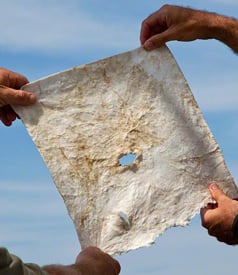
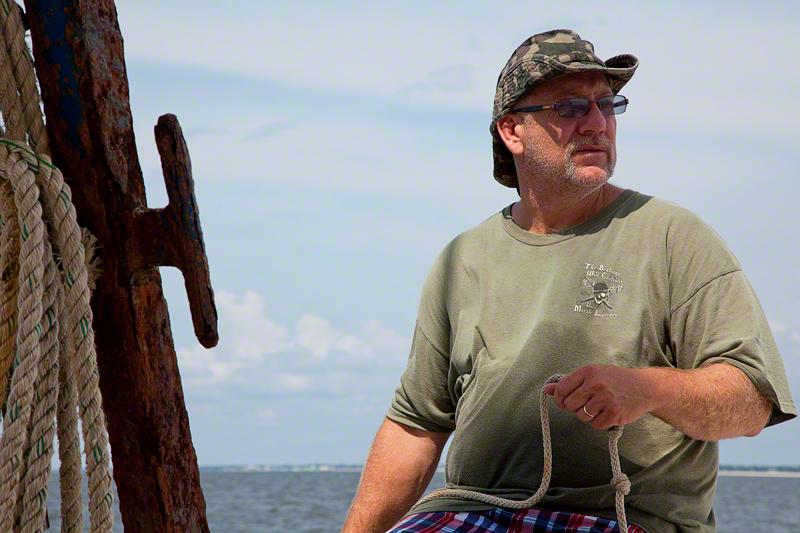
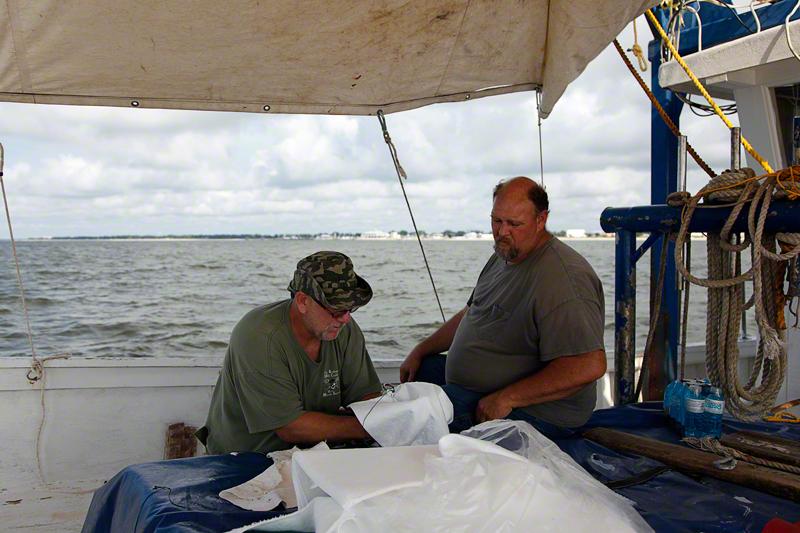


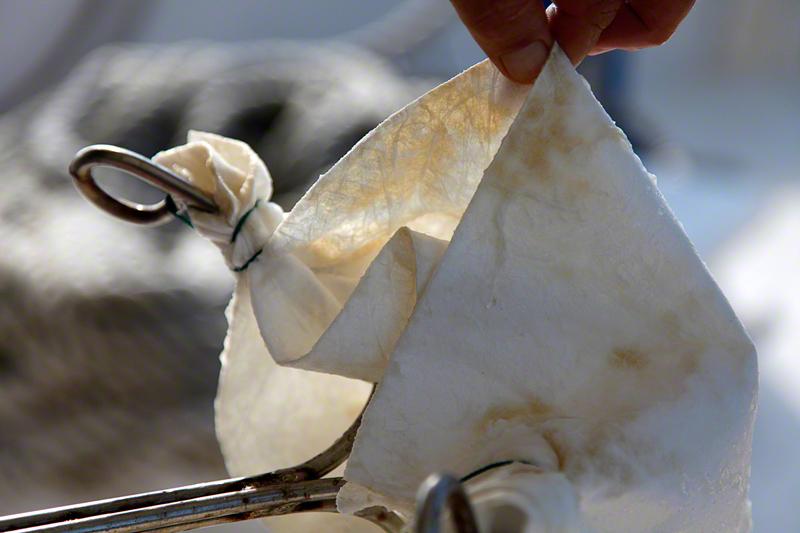
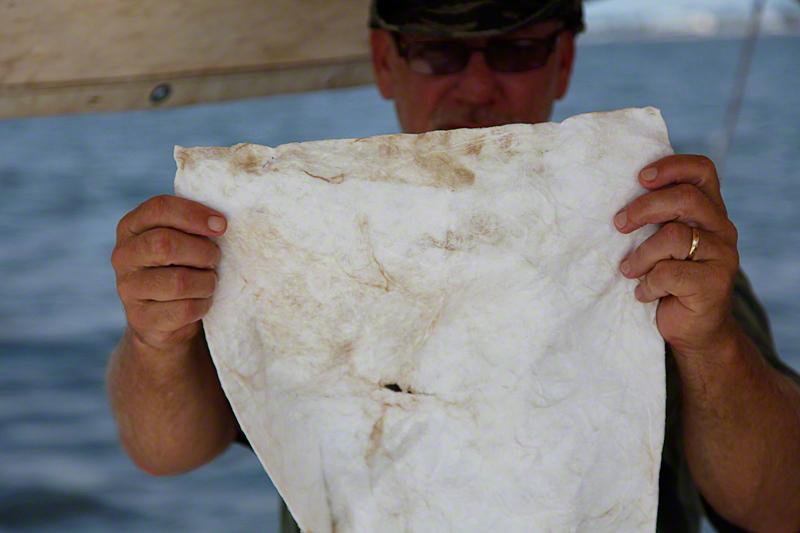
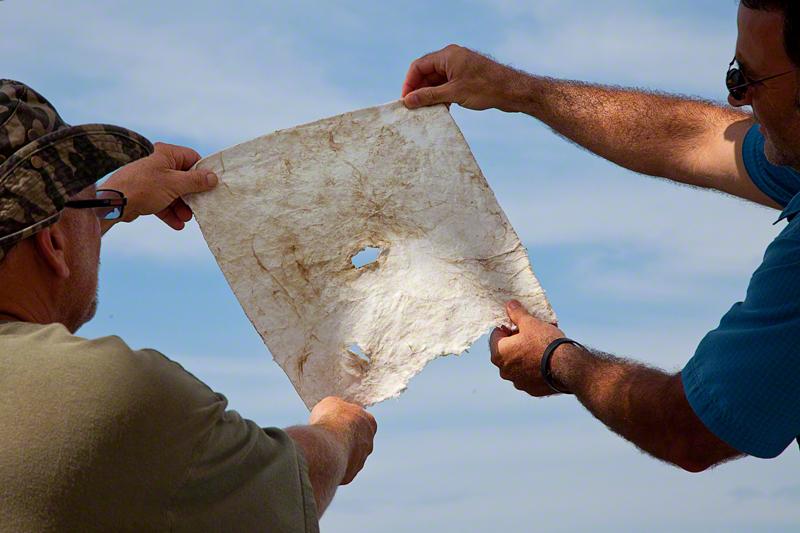
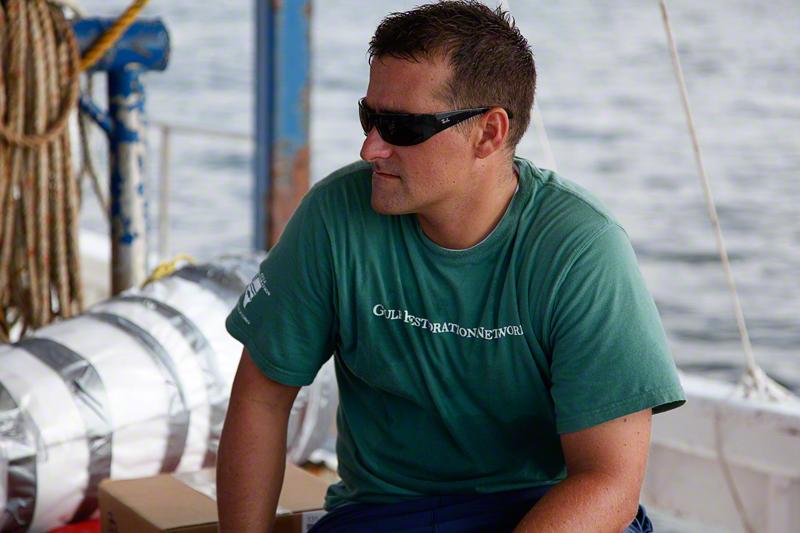
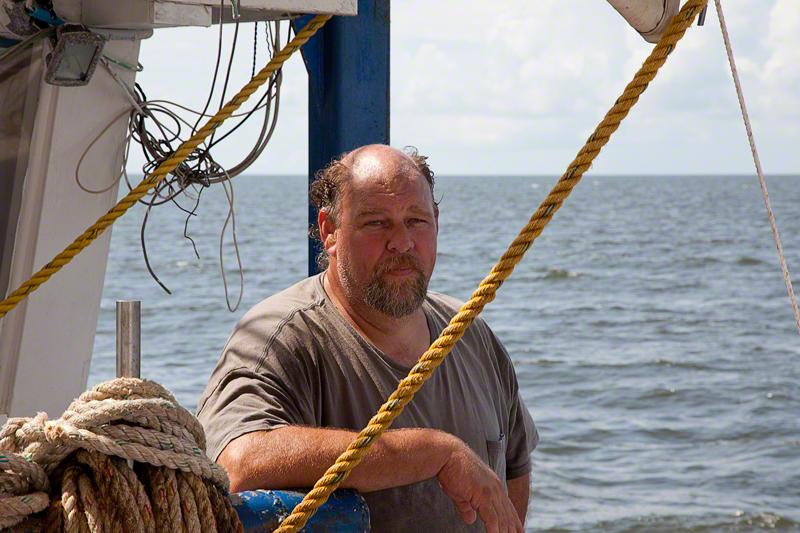
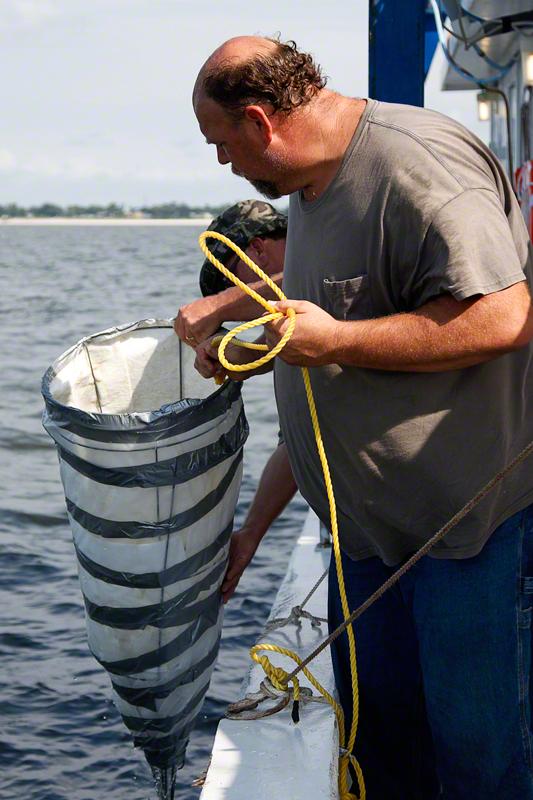 (Photo © Erika Blumenfeld 2010)
(Photo © Erika Blumenfeld 2010)






















 Brooke Jarvis interviewed Riki Ott for
Brooke Jarvis interviewed Riki Ott for 

 Play Video
Play Video 